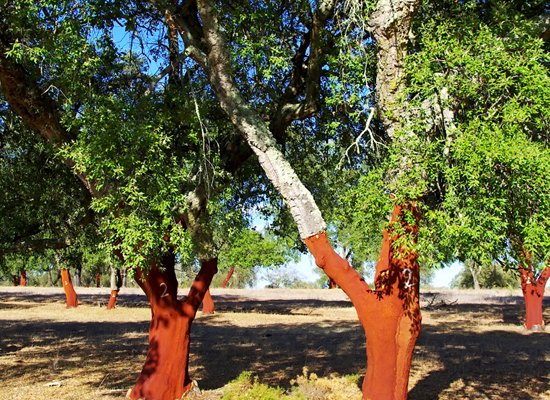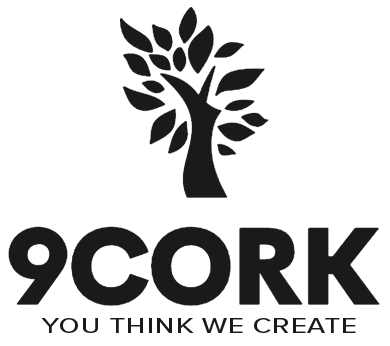Cork Premium Lighting
Choosing cork for lighting fixtures offers several benefits, making it a popular and sustainable choice for various applications. Here are some reasons why cork lighting may be a compelling option:
Natural Aesthetics:
Cork has a warm and natural aesthetic that adds a unique touch to lighting fixtures. Its earthy tones and texture create a visually appealing and inviting atmosphere in interior spaces.
Acoustic Properties:
Cork has natural sound-absorbing qualities, which can contribute to better acoustics in a space. This makes cork lighting fixtures suitable for areas where noise reduction is desired, such as restaurants, lobbies, or meeting spaces.
Thermal Insulation:
Cork is known for its thermal insulation properties. While this may be more relevant for cork used in building materials, it can still contribute to maintaining a comfortable temperature in a room when used in lighting fixtures.
Diffused Lighting:
The porous nature of cork allows it to diffuse light effectively. This creates a soft and warm glow, making cork lighting fixtures suitable for ambient or accent lighting in various settings.
Versatility:
Cork can be easily combined with other materials, such as metal or glass, to create versatile and stylish lighting designs. This versatility allows designers to tailor the fixtures to match the overall design theme of a space.
Hypoallergenic:
Cork is naturally hypoallergenic, making it a suitable material for use in environments where indoor air quality is a concern, such as hotels or healthcare facilities.
In summary, cork lighting fixtures offer a combination of aesthetic appeal, sustainability, and functional properties, making them a popular choice for those looking to incorporate eco-friendly and stylish elements into their interior design.
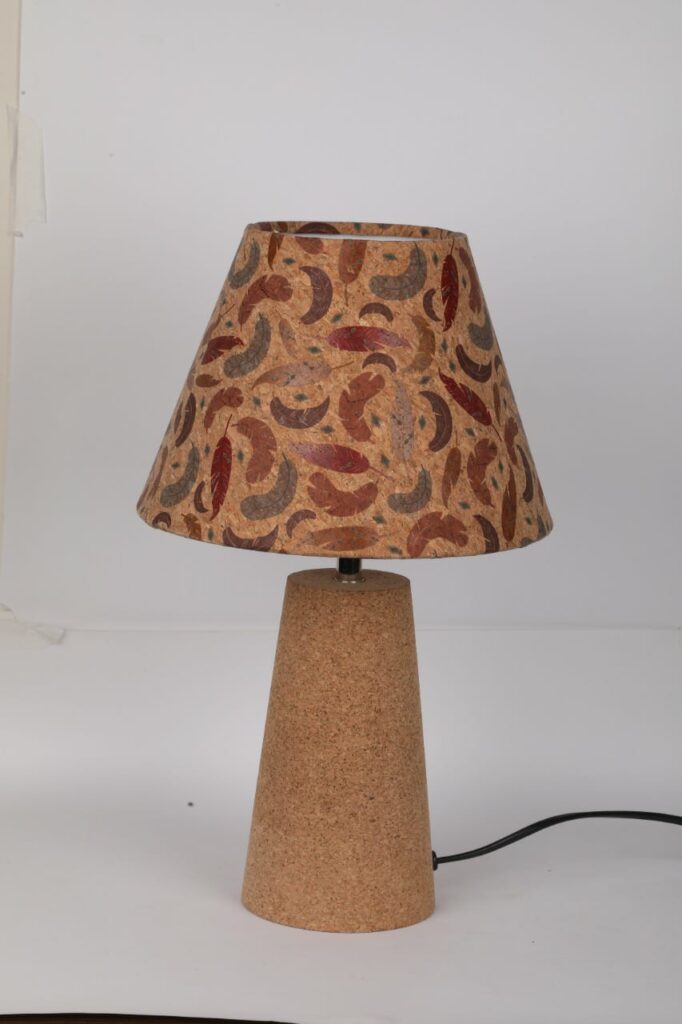


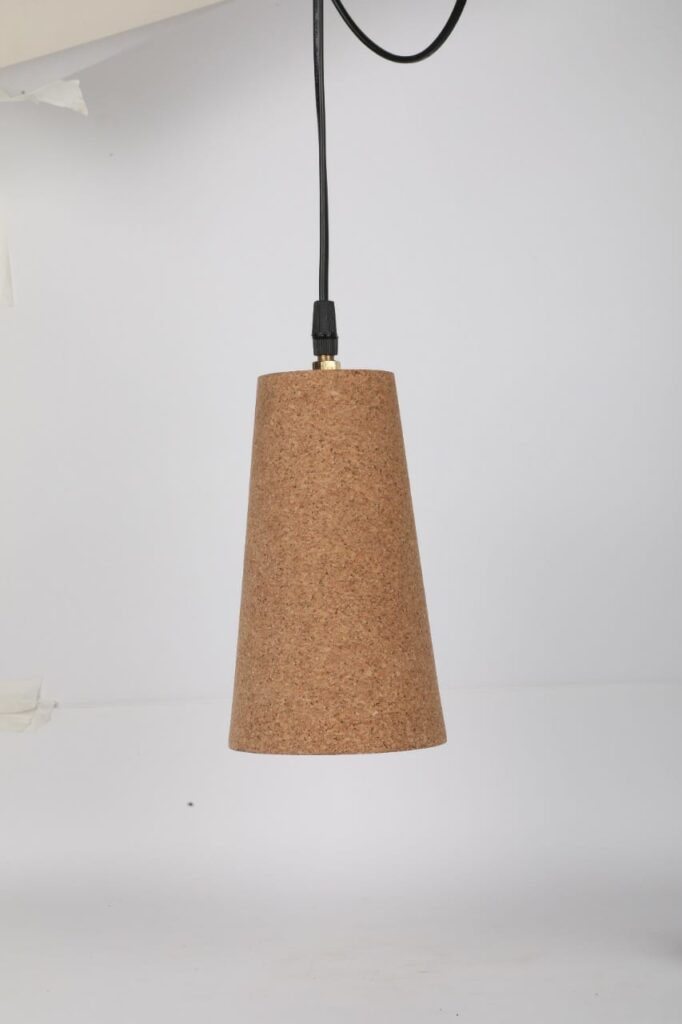

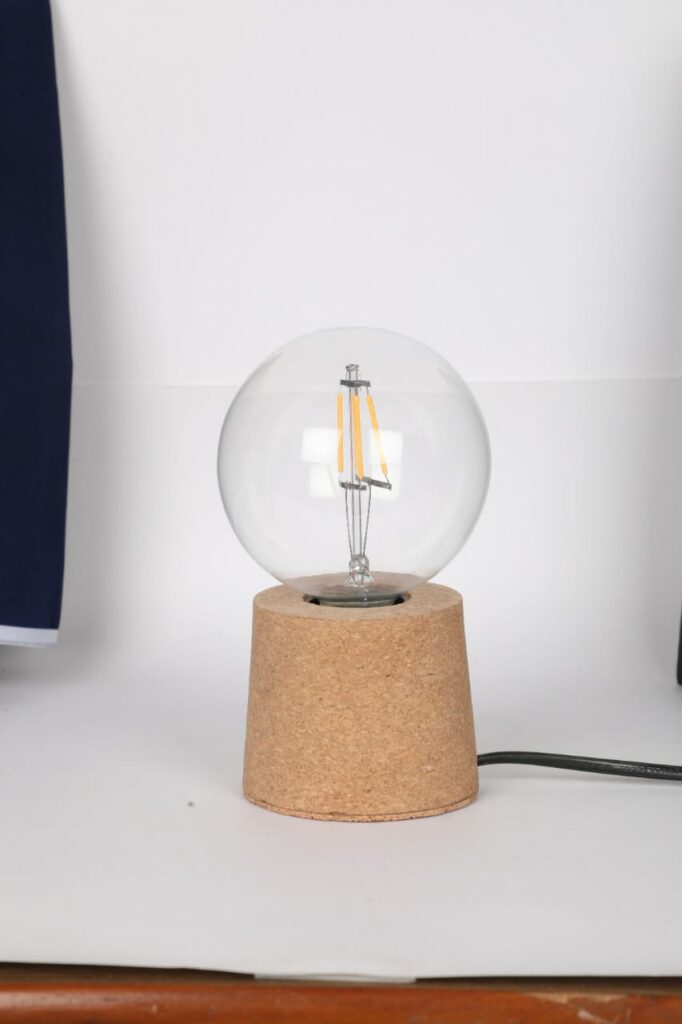
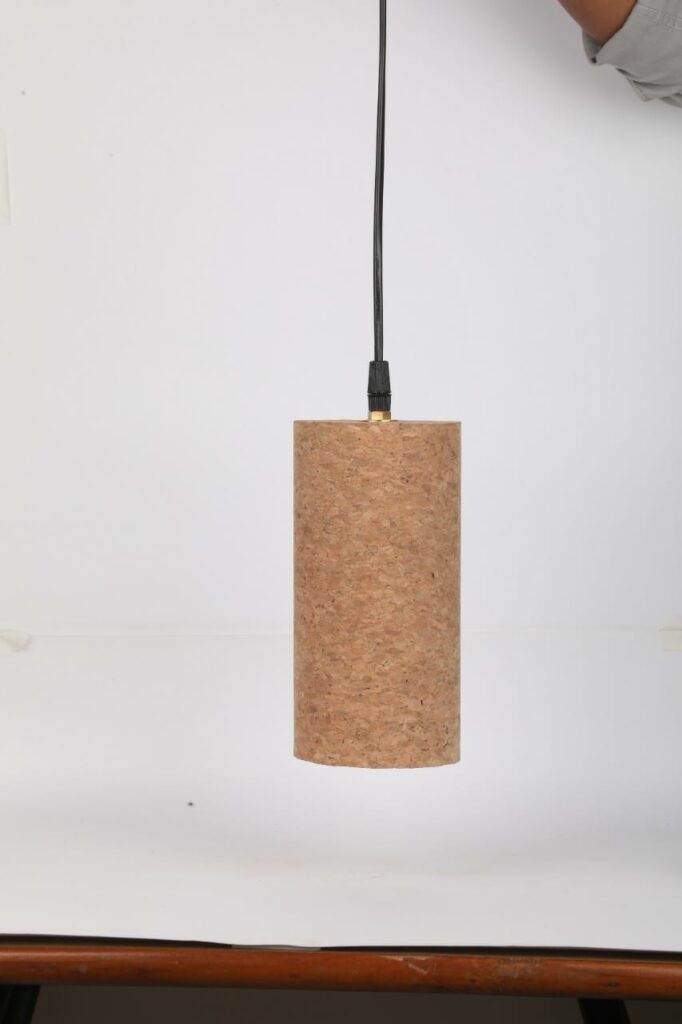
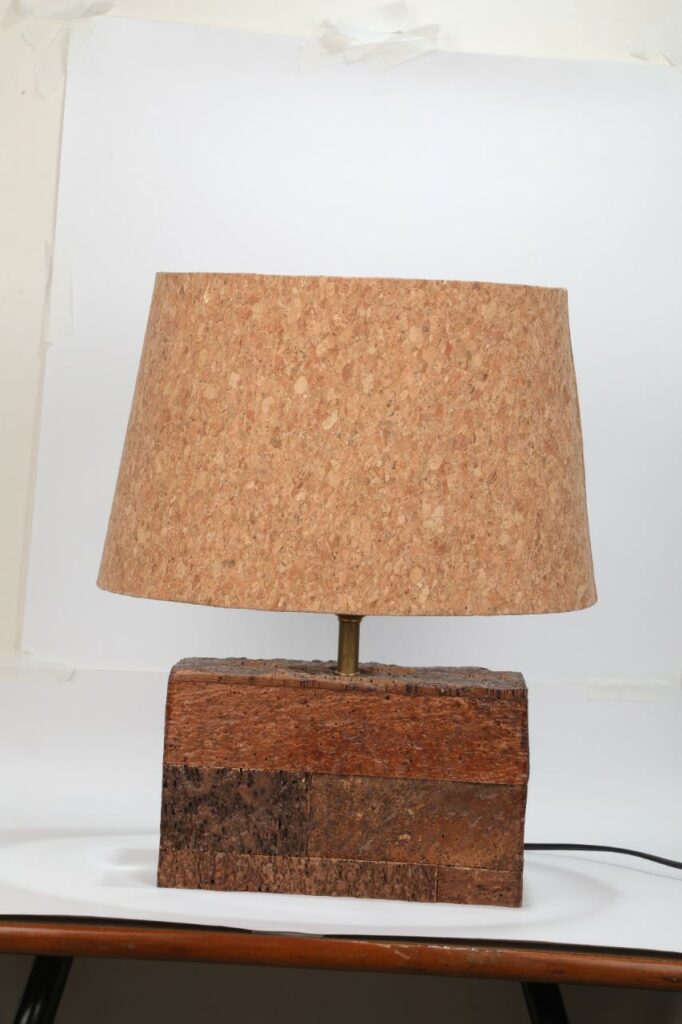
DO YOU KNOW???
Following the invention of the light microscope in 1660, English scientist Robert Hooke was the first to observe the structure of cork and coined the word “cell” which is still used today. A cubic centimeter of cork can contain about 40 million cells. A cork can contain about 800 million cells.
